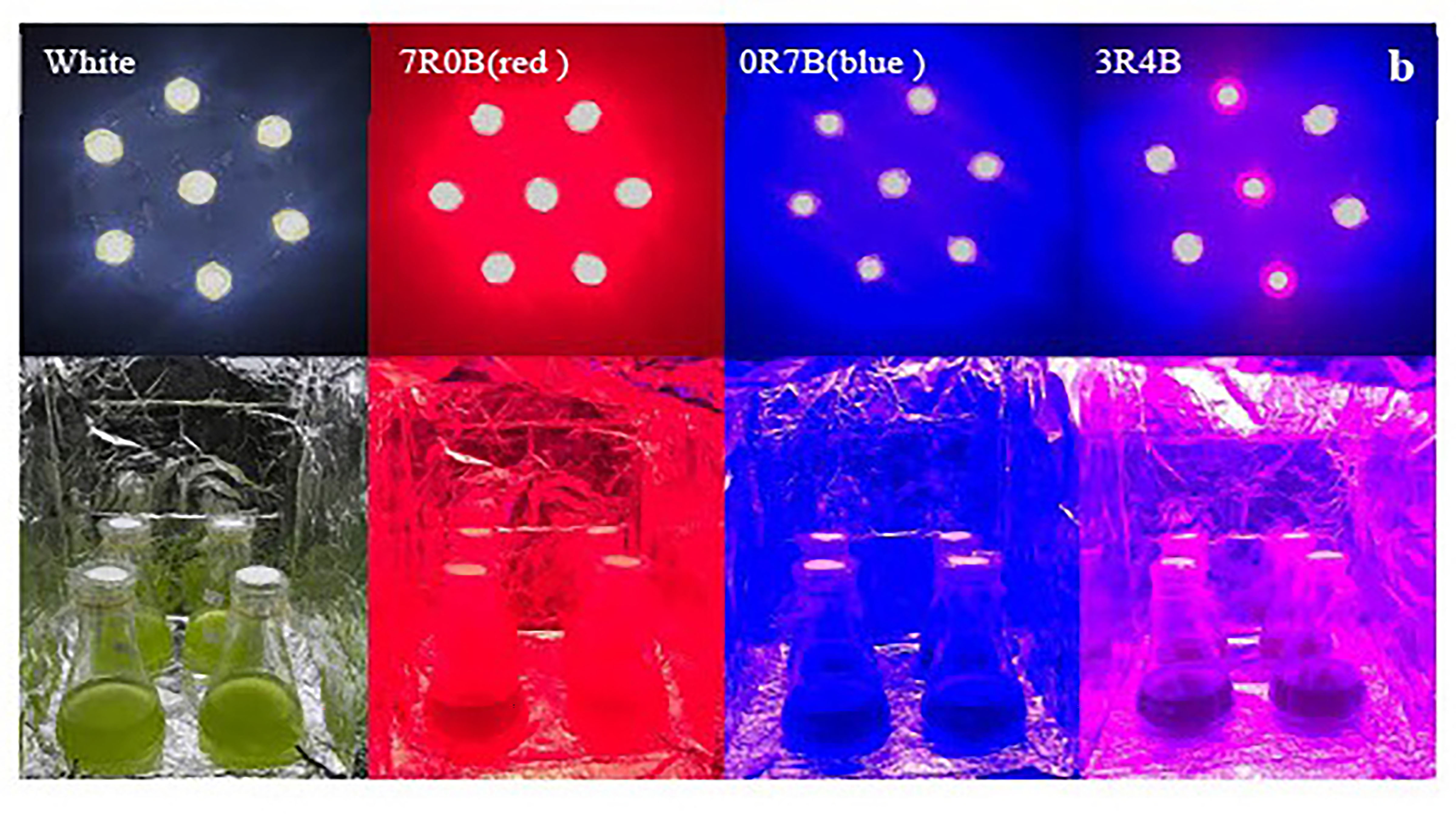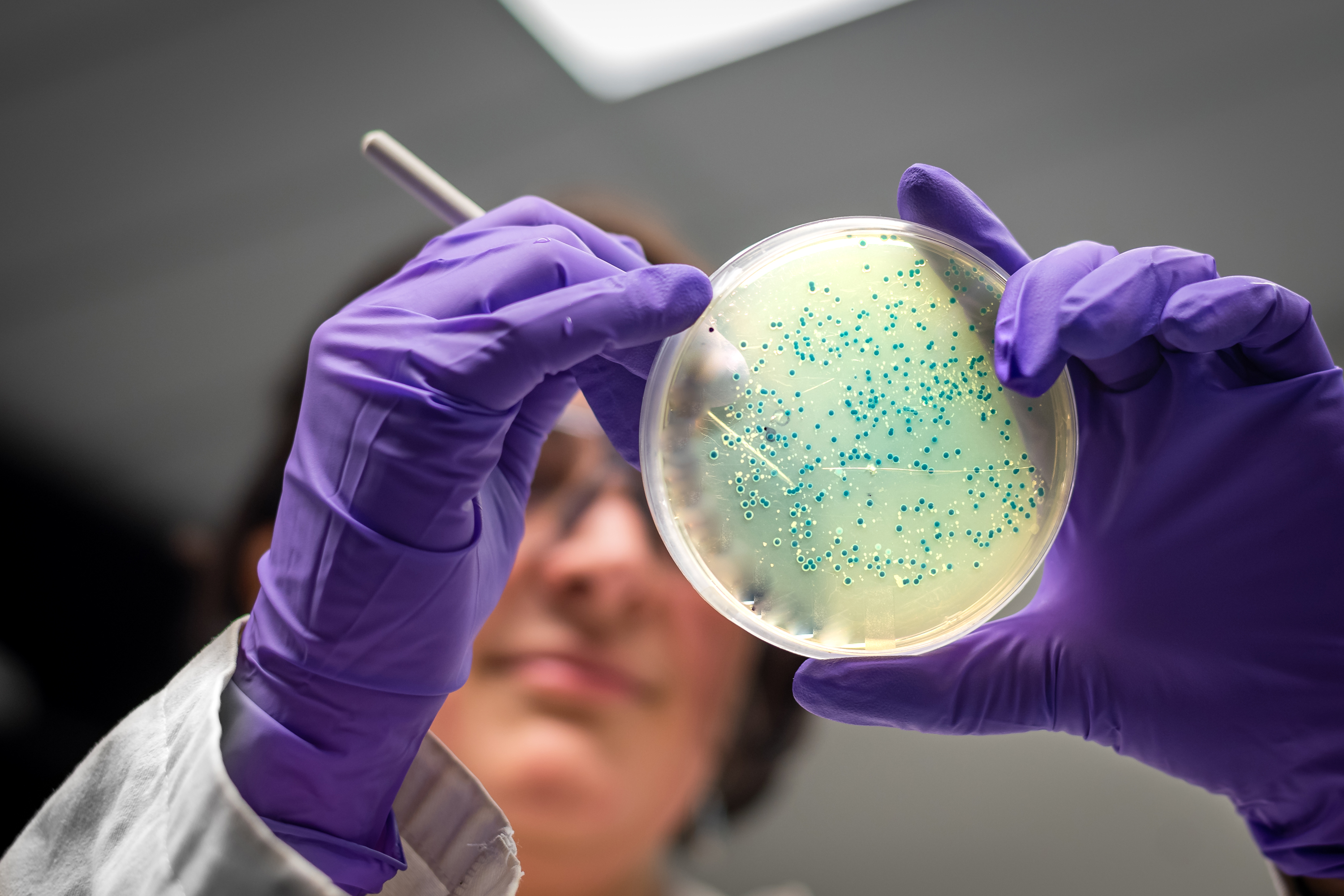A new study has uncovered the crucial role of the CsMYB67 gene in controlling flavonoid biosynthesis in tea leaves, compounds that give tea its bitter and astringent taste. This gene’s role in regulating flavonoid production in response to environmental stress offers valuable insights into tea plant biology and opens up avenues for enhancing tea quality through genetic modification.
Tag: Biosynthesis
Unlocking the secrets of tea’s healthful compounds: phosphate and jasmonate’s role
A recent study reveals the intricate dynamics behind catechin biosynthesis in tea plants, highlighting how phosphate (Pi) signaling and jasmonate (JA) pathways interact to regulate these valuable health-promoting compounds. The findings illuminate the environmental and hormonal factors that influence catechin production, which is crucial for both the economic value and the health benefits of tea.
Double the DNA, double the oil: unraveling the impact of genome duplication on oil crops
Scientists have uncovered a crucial evolutionary mechanism that could revolutionize oil production in crops. The study reveals that whole genome duplications (WGDs) significantly boost oil content in oil crops, offering a strategic pathway to increase vegetable oil yields to meet rising global demand. This discovery promises to transform agricultural practices, ensuring a sustainable supply of this vital resource for both dietary and industrial use.
Efficient Glycosyltransferases from Astragalus membranaceus Enable Biosynthesis of Bioactive Pterocarpan Glycosides
A research team has identified two highly efficient glycosyltransferases, AmGT28 and AmGT44, from Astragalus membranaceus, which convert medicarpin to medicarpin 3-O-glucoside and show a preference for pterocarpans over isoflavonoids.
Pear-derived discovery: a genetic mechanism to fortify crops against drought
A pivotal study has shed light on a critical genetic mechanism that boosts plants’ ability to withstand drought. The research uncovers the role of the transcription factor PbERF3, native to wild pears, which works in concert with the protein PbHsfC1a to regulate genes key to drought tolerance.
Unlocking the grape’s secret: how wounding boosts anthocyanin defenses
A recent study sheds light on the biochemical response of grapevines to wounding stress. It reveals that the transcription factor VvWRKY5 is a key regulator that enhances anthocyanin production, which serves as a protective mechanism for the plant.
Ripe for discovery: unraveling the genetic switches of pear maturation
A new study has revealed a key homeodomain transcription factor, PbHB.G7.2, that plays a crucial role in ethylene biosynthesis during pear fruit ripening. By binding to the promoter of the ethylene biosynthetic gene PbACS1b, PbHB.G7.2 enhances ethylene production, significantly impacting the ripening process.
Harvesting strength: how tea plants fight off disease while staying tender
A novel study uncovers the regulatory interplay between lignin biosynthesis and tenderness in young tea shoots, offering a promising avenue for improving tea quality and disease resistance.
Berries of color and health: unraveling the genome of Rubus rosaefolius
A recent study delves into the genetic makeup of the red raspberry Rubus rosaefolius, offering valuable insights into its evolutionary history and the intricate process of anthocyanin biosynthesis. This research uncovers the genomic basis for the berry’s rich coloration and potential health benefits, providing a foundation for future cultivation improvements.
Unlocking the grape’s secret scent: key gene modulates terpene aroma
A study explores the ethylene-responsive gene VviERF003’s influence on glycosylated monoterpenoid synthesis in grapes, which are pivotal for the fruity and floral notes in wines. Understanding this genetic regulation provides insights into how wine aroma can be influenced, potentially allowing for the development of grapes with enhanced or specific aromatic profiles.
Decoding salvia miltiorrhiza: a molecular approach to boosting bioactive compounds
Salvia miltiorrhiza, known as Danshen, is widely used in traditional Chinese medicine for treating cardiovascular diseases, cancer, and Alzheimer’s disease. The medicinal properties of Danshen are primarily attributed to its two major bioactive compounds: tanshinones and phenolic acids.
Unlocking banana disease resistance: key enzymes identified for phytoalexin synthesis
A breakthrough in banana disease resistance was achieved with the identification of novel O-methyltransferases (OMTs) involved in the biosynthesis of phenylphenalenone phytoalexins. These compounds, found in wild bananas, hold promise for developing disease-resistant commercial cultivars.
Drug precursor biosynthesis hinges on carrier-mediated ring formation
The entire biosynthetic pathway of actinopyridazone has been unveiled, revealing that an unprecedented carrier protein-mediated ring-forming step is key to its synthesis.

Shining, Colored LED Lighting on Microalgae for Next-Generation Biofuel
As biofuels continue to present challenges, microalgae are gaining momentum as a biofuel energy crop. In the Journal of Renewable and Sustainable Energy, researchers show how a combination of monochromatic red and blue LED illumination on one type of microalga can enhance its growth and increase the biosynthesis of critical components, such as lipids, for microalgae feedstock development. The researchers focused on Dunaliella salina, typically extracted from sea salt fields and found in salt lakes.

Common Bacteria Modified To Make Designer Sugar-Based Drug
Envisioning an animal-free drug supply, scientists have — for the first time — reprogrammed a common bacterium to make a designer polysaccharide molecule used in pharmaceuticals and nutraceuticals.